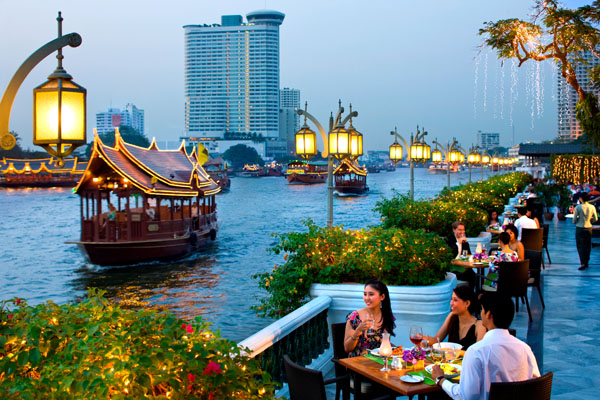Did you know? Bangkok’s Chinatown is not only the biggest in Thailand, but also one of the biggest in the world. Stretching over two square kilometers, it is home to a population of more than 100,000 Chinese Thais.
The history of Bangkok’s Chinatown dates back to the early 19th century, when a small community of Chinese immigrants settled near the city’s docks. Over time, the community grew and prospered, and by the early 20th century it was Southeast Asia’s largest Chinatown.
Today, Bangkok Chinatown takes that title, but for the entire world. It is a vibrant and bustling neighborhood full of shops, restaurants, and temples. It’s also a popular tourist destination, with visitors from all over the world attracted to its colorful signage (best seen at night), food options and lively atmosphere.
If you’re planning a visit to Bangkok’s Chinatown, here are some things you should know:
Getting There
Bangkok’s Chinatown is located in the Yaowarat district, on the west side of downtown. The easiest way to get there is by taxi or Grab (Thailand’s Uber). Just tell your driver “Yaowarat” and they’ll know where to go.
If you’re feeling adventurous, you can also take the MRT (subway) to Hua Lamphong station and walk from there. It’s about a 15-minute walk to Chinatown from Hua Lamphong. Just look for signs pointing the way to Yaowarat Road.
What to See & Do
When you arrive in Chinatown, you’ll be immediately struck by its chaotic energy. The streets are crammed with vendors selling everything from fresh produce to lucky amulets, and the air is thick with the smell of cooking food. It can be overwhelming at first, but that’s part of what makes Chinatown so fascinating.
Start your exploration at Sampeng Market, which is considered the heart of Chinatown. This covered market stretches for several blocks and sells everything from spices to clothes to electronics. hroughout Sampeng Market are small alleys known as “sois” (pronounced “soy”), each of which specializes in particular goods. For example, Soi Nana is known for its fabric shops while Soi Texas sells nothing but cowboy boots!
Once you’ve worked up an appetite from all that shopping, head over to Chao Fah Tien for some delicious seafood noodles. This popular restaurant has been serving up its signature dish for more than 50 years and is always packed with locals and tourists alike. If seafood isn’t your thing, don’t worry – there are plenty of other great places to eat in Chinatown (more on that below).
After lunch, take a stroll down Yaowarat Road – this is where you’ll find most of Chinatown’s temples and shrines. The most important shrine is Wat Traimitr Witthayaram Worawihan, which houses a five-and-a-half ton statue of Buddha made entirely out of gold! Other notable temples include Wat Mangkon Kamalawat (often simply called “Wat Mangkon”) and Wat Benchamabophit (aka “the marble temple”).
As night falls, head over to Ratchawong Pier where you can board one of Bangkok’s iconic longtail boats for a tour of the city’s canals (known as “khlongs”). This is a great way to see another side of Bangkok – away from the hustle and bustle of its streets – and get an up-close look at life on the city’s waterways




